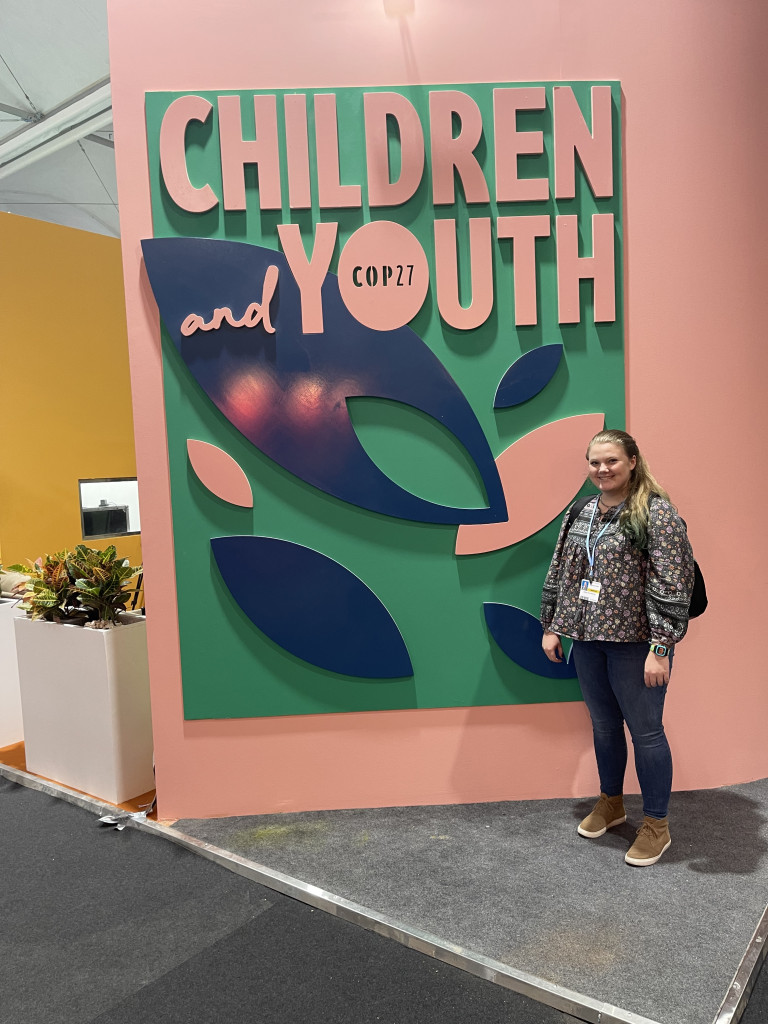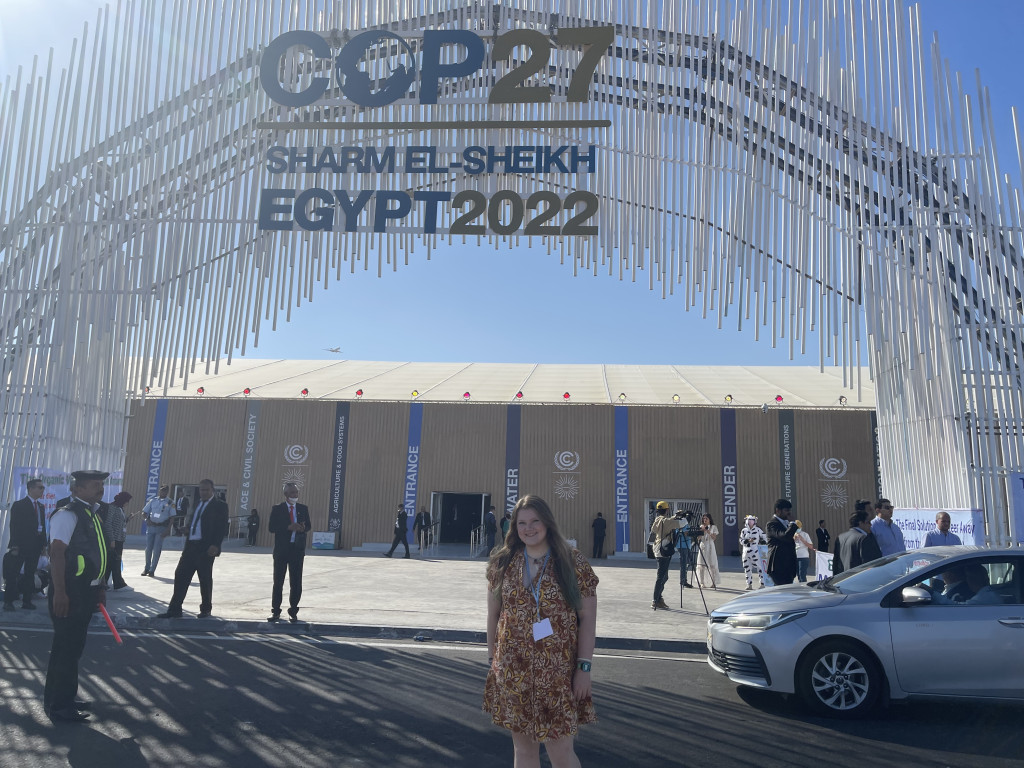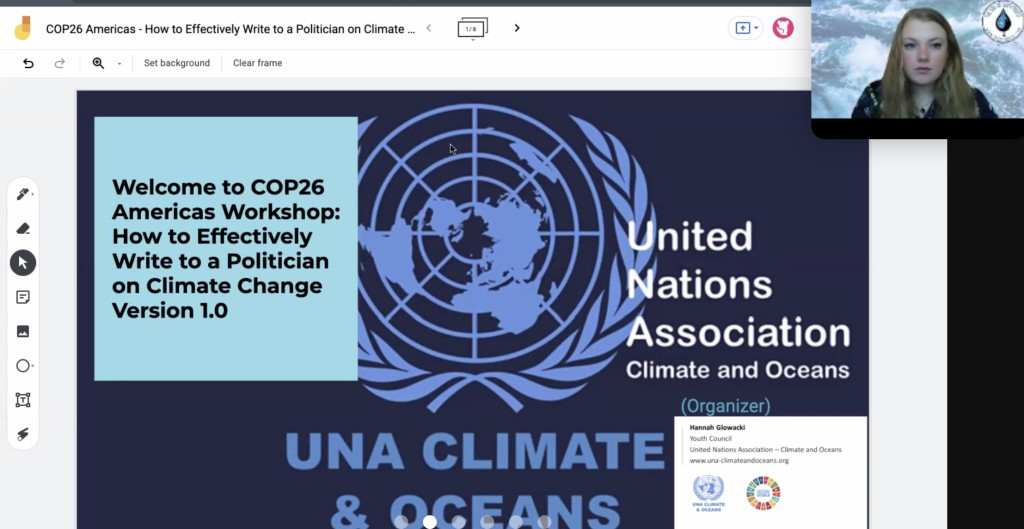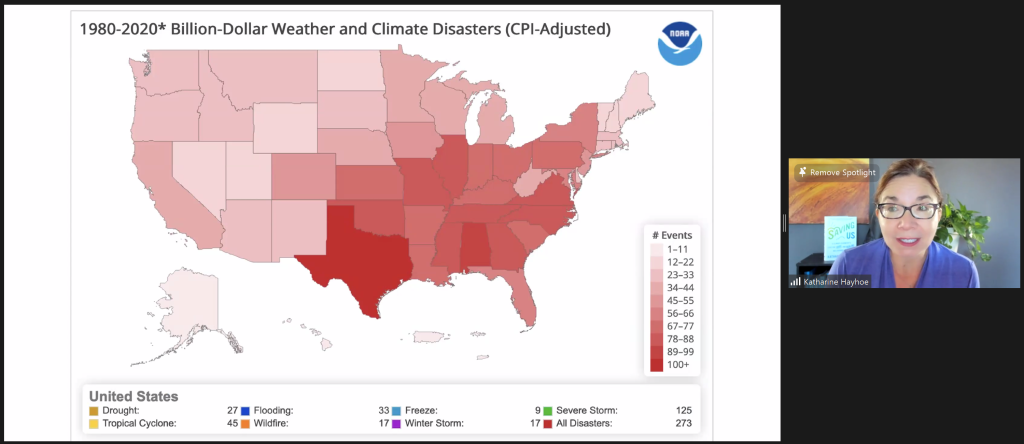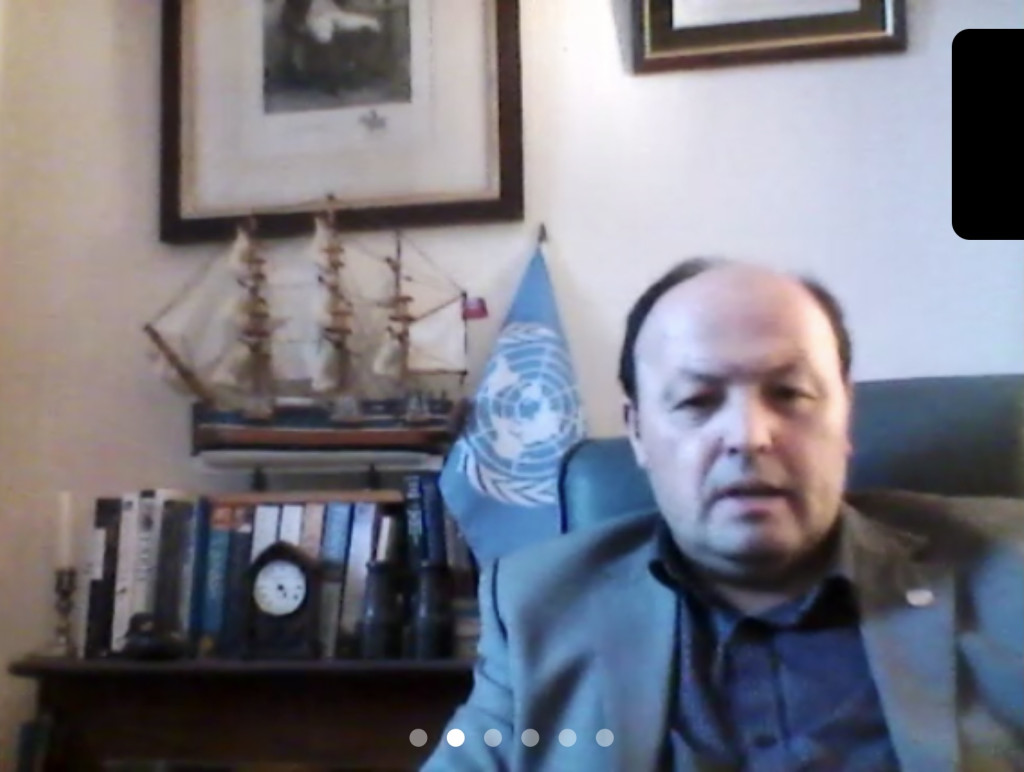I will never forget that Sunday afternoon nearly six years ago when I was applying to college and my parents tried to talk me into applying to a school other than the University of Miami. It’s not that they don’t love UM, after all they like my grandfather before them are proud graduates, but they did their best to suggest I consider another school whose name will not be mentioned as my first, early decision choice. As I listened to their last ditch pitch I looked up from my computer and said with all of the respect for their perspectives I could muster “sorry, it’s too late,” as I simultaneously pressed SEND and thus applied Early Decision. That decision, and the acceptance and brilliant education that followed has confirmed time and time again that the University of Miami, was the perfect choice for me. As we say around here, it’s great to be a Miami Hurricane and with today’s post I once again can share news that supports that sentiment more than I will be able to ever fully explain or write.
I’ve not been able to post as much as I’d like this semester because I am in the midst of my second year of law school and have just stared the first year of my Ph.D. work in the dual degree grad program I am ever so honored to be in here at UM’s Abess Center for Ecosystem Science and Policy. And, speaking of honored, I am pleased to share that I’ve been selected by the University of Miami School of Law to attend the United Nations Conference of the Parties 27 (COP27) and that this coming Friday will be off to Sharm El-Sheikh, Egypt.

I’ve closely followed the annual COP meetings as well as the United Nations’ important climate-related work for nearly a decade now but this will be the first time I’ve actually attended the Conference in person. As you can imagine I am super excited to return to Africa, to explore Egypt, and to participate in person.

A few years ago I was honored to address the United Nations General Assembly in New York, but being able to see the world’s climate leaders negotiate an international treaty designed to address the most important topic of my generation’s lifetime (our climate crisis) in person is an incredible honor. Let me thank my professors Dr. Jessica Owley and Dr. Daniel Suman for selecting me, as well as President Frenk, Provost Durek, and the entire University of Miami family for making our climate crisis a priority for our university, community, and the world beyond.
“This is a unique experience for our students to gain a front-row seat to international treaty-making. The COP brings together policymakers, academics, and activists from around the world — working together to find solutions to the climate crisis that threatens us all.”
Dr. Jessica Owley, Esq.
Faculty Director
UM School of Law Environmental Law Program
The focuses at COP27 will include economic and environmental loss and damage from climate change in developing countries including the Global South and increasing carbon financing from the Global North to address these losses. Our current global energy crisis, largely caused by Russia’s invasion of and war with the Ukraine and the continued degradation of our environment, certainly including here in South Florida and the United States, will be important topics.
“New challenges that Member States will discuss in COP27 are the impacts of the war in Ukraine and the increasing European dependence on fossil fuels (coal), the industrial and consumer rebound after the pandemic; new evidence of significant climate change impacts (accelerated melting of Antarctic glaciers and the Greenland ice sheet, Pakistan monsoon flooding, intensification of hurricanes); and difficulties in the implementation of US promises to reduce carbon emissions (U.S. Supreme Court decision in West Virginia v. Environmental Protection Agency making it difficult to take direct action to mitigate climate change) and subsequent impact on other nations’ efforts”
Dr. Daniel Suman, Esq.
UM Rosenstiel School of Marine, Atmospheric, and Earth Science
Department of Environmental Science and Policy
(He also teaches my coastal law class this semester!)
And, COP27 could not come soon enough with a new United Nations Report out just this week, (Emissions Gap Report 2022 (unep.org)) that shows truly pathetic “progress” by the world’s nations since last year’s national pledges at COP26 that took place in Glasgow, Scotland. You might recall that the Paris Agreement, signed at the COP21 in 2015 held in France, announced a global goal of limiting global warming to below 2°C, and an aspirational “stretch” goal of +1.5°C, as compared to pre-industrial carbon levels.
The UN’s new report sadly finds that policies currently in place around the world predict at least a 2.8°C temperature rise by the end of the century (a result that, if it comes to pass, would be nearly twice the Paris Agreement’s 1.5°C and truly catastrophic to environments, species, and communities around the world). The report also makes clear that only through an urgent system-wide energy transformation can we limit greenhouse gas emissions and, once again, makes clear how dire the problems are including noting that:
- Based on current approaches around the world there is only a 10% change that we will reach the 1.5 degree goal that the Paris Agreement sent. As the report concludes, there is currently no credible path based on current efforts around the world to reach the 1.5 degree goal.
- To avoid a climate catastrophe we must reduce the worlds greenhouse gas output by 45% by 2030. To accomplish this we must, essentially, drop everything else and make protecting our climate (and our future) our number one priority and that starts by dramatically accelerating our transformation away from fossil fuels and to sustainability.
- A global transformation to a low carbon economy will require an estimated $ 4 to 6 Trillion annual investment.
And with so far to go in such a short time frame, much less with an immense mind boggling cost, you might ask yourself “how in the world can the world do this?” With this in mind, let me end this post with the words of Inger Andersen, Under-Secretary-General of the United Nations, who within the recent report makes this call to action to the nations of the world:
I know some people think this can’t be done over the next eight years. But we can’t just throw up our hands and say we failed before we have even really tried. We must try, because every fraction of a degree matters: to vulnerable communities, to those that are yet to be connected to the electricity grid, to species and ecosystems, and to every one of us. Even if we don’t get everything in place by 2030, we will be setting up the foundation for a carbon-neutral future: one that will allow us to bring down temperature overshoots and deliver other benefits, like green jobs, universal energy access and clean air.
So, I urge every nation, every government to pore over the solutions offered in this report and build them into their climate commitments. I urge the private sector to start reworking their practices accordingly. I urge every investor, public and private, to put their capital towards a net-zero world. This is how we can jam open the sing window for climate action and start to change our world for the better, for everyone.
Inger Andersen
Under-Secretary-General of the United Nations
Executive Director of the United Nations Environment Programme
Nairobi, Kenya
So, I’m off to Egypt to see what I can do to have an impact, to find solutions to the most important challenge of my lifetime, our climate crisis, and to learn. As always, I will do everything in my own power to make a difference but it’s important to keep in mind that transforming the world’s energy systems will require each of us to play an important role. I’d implore you to think about what you can do today to make that transformation take place in your community right now.
